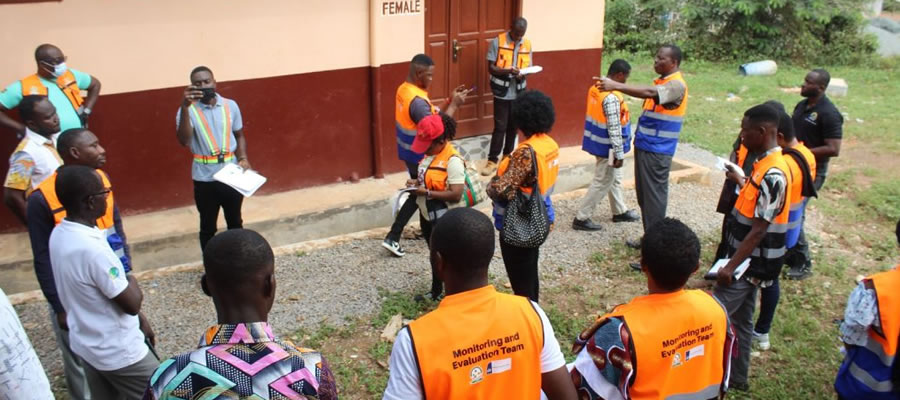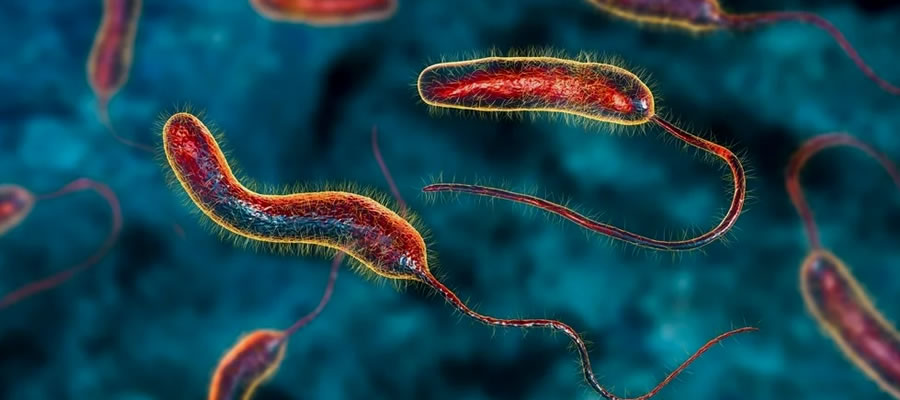

Physical features
Climate
Tarkwa Nsuaem Municipality lies within the South-Western Equatorial climatic zone. Temperature ranges between 26oC in August and 30oC in March. Sunshine duration for most part of the year averages 7 hours per day. Relative humidity is generally high throughout the year between 70 - 80 percent in the dry season and 75 - 78 percent in the wet season.
The Municipality experiences the highest rainfall in Ghana. It has a mean annual rainfall of 1,500mm with a double maximum rainfall starting from March to September as the main rainfall season. Between November and February, the North-East trade winds blow over the areas and very dry conditions are experienced. The municipality has a peculiar rainfall pattern, in that during the raining season it rains at 2 p.m. thus, the nickname of the municipality is “Tarkwa at 2”.
Vegetation
The municipality falls within the rain forest belt with the height of trees ranging between 15 – 40 meters. The forest is full of climbers and lianas, which are able to reach into the upper tree layer. Economic trees include mahogany, wawa, odum, sapele among others.
Tarkwa Nsuaem can boast of large forest reserves like the Bonsa Reserve, Ekumfi reserve, Neung South reserve and Neung North reserve. The land rises from about 240 meters to about 300 meters above sea level.
Geology and soil
The district is part of the Birimian and Tarkwain geological formations. Economically, the Birimian rocks are regarded as the most important formations due to its mineral potentials. These geological formations are the reasons for the existence of high mineral deposits in the district. Consequently, many Gold and Manganese mining companies are located in the municipality.
Soils are deep, open and acidic in many places due to heavy leaching of bases from the top because of the high rainfall, humidity and temperatures. The acidic nature reduces availability of soil phosphorus, calcium and magnesium but generally, levels are acceptable for good plant growth, hence the extensive cultivation of cassava, maize plantain, rubber, cocoa and oil palm among others.
Relief and drainage
The area is generally undulating with an average height of about 70 meters. The highest elevation ranges between 150 and 300 meters above sea level. The Bonsa River and its numerous tributaries including Buri, Anoni, Sumin, and Ayiasu drain the area depicting a dendritic pattern.
Date Created : 11/21/2017 4:52:55 AM












 facebook
facebook
 twitter
twitter
 Youtube
Youtube
 +233 593 831 280
+233 593 831 280 0800 430 430
0800 430 430 GPS: GE-231-4383
GPS: GE-231-4383 info@ghanadistricts.com
info@ghanadistricts.com Box GP1044, Accra, Ghana
Box GP1044, Accra, Ghana